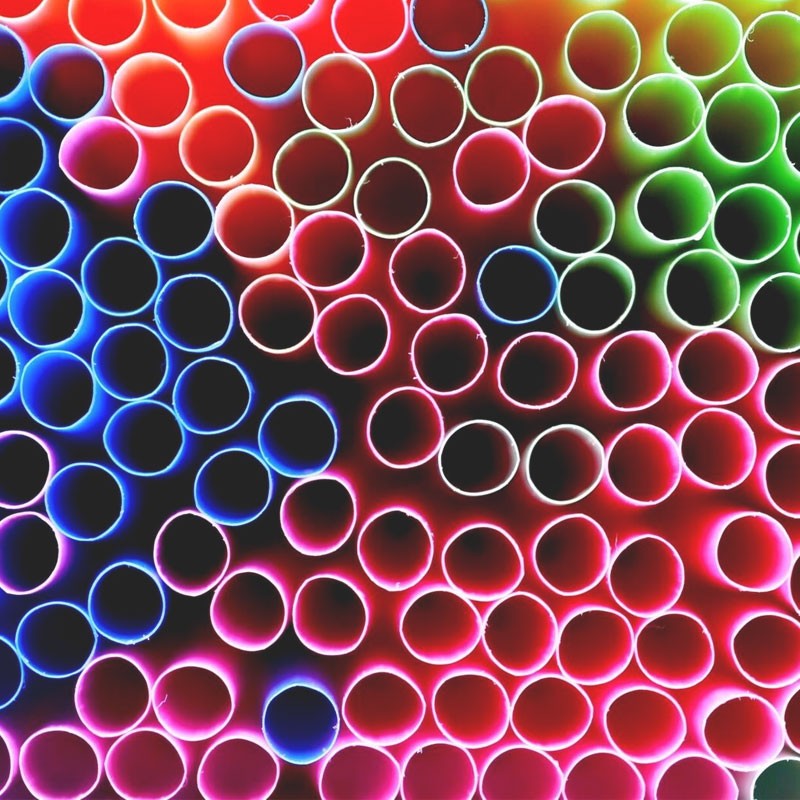Everything You Need To Know About the Anti-Plastic Straw Campaign
Why are people giving up plastic straws?
Plastic has long been on the list of things we should give up to protect the environment. Many have no doubt seen the desperately sad videos of beaches covered in litter, animal autopsies showing fish and birds filled with pieces of plastic, and, of course, the infamous viral video of a sea turtle with a straw stuck up his nose. Most of these straws end up in the sea, and never break down completely, meaning they have the ability to disrupt the ocean’s ecosystems and kill marine wildlife. Cleaning up our oceans and providing people with biodegradable alternatives to plastic is integral to keeping our environment thriving.
What are the plastic alternatives available?
There are quite a few different types of alternative available:
Paper straws – These don’t eliminate waste, but simply create a different kind of waste – one that is easier to break down, meaning they will be detrimental to far less wildlife. But many dislike paper straws as they easily fall apart during use.
Stainless steel straws – Many are starting to trial stainless steel straws, too. Reusable, dishwasher safe and perfect for keeping in your handbag, these are a good alternative for sipping cold drinks through – but avoid the teas and coffees, because these straws get hot.
Silicone straws – Most silicone straws on the market are made of biodegradable silicone, meaning you can burn them down to nothing once you’re done with them if you so wish. These types of straws are becoming increasingly more popular.
No straw – Probably the most effective option. Straws are, after all, not compulsory when having a drink.
Are there any downsides to the straw ban?
There is one glaring problem when it comes to the ban: many disabled people rely on plastic straws. “I need straws that bend, ones that can handle all drinks, including medication, and all temperatures. I need straws that aren’t too fat, that won’t cause me to choke or be difficult for me to keep in my mouth,” says disabled Guardian writer, Penny Pepper. “Paper straws generally don’t do well in hot liquids and I’ve yet to find decent flexible ones. This is important to get the angle right for safe drinking, when you can’t hold a cup or even if another person holds it for you. Metal ones are often fat, better used for smoothies and not good if you have a biting issue. I tried silicone straws, which were too soft and fat to be reliably useful.”
Activists have suggested that, instead of putting the onus on disabled people to find an alternative that works for them, coffee shops and restaurants should simply have some plastic straws on hand and available upon request for those who need them.
Is the ban going to work?
The less we use straws, the less the oceans will be affected – that much is true. If swapping out a plastic straw for a paper one means one fish doesn’t die from plastic consumption, then that’s great.
But plastic isn’t the only – or even the primary – reason that the oceans are so contaminated with plastic. The main issue is actually commercial fishing nets. According to a study in the journal Scientific Reports, microplastics (small pieces of plastic like straws or microbeads) make up 94% of plastic in a specific area between California and Hawaii known as the ‘Great Pacific Garbage
Patch’, but only 8% of the mass. Therefore, commercial fishing vessels need to be held accountable for their part in endangering the environment.
Furthermore, from what we’ve seen so far, brands can’t seem to get it quite right when eliminating straws. Starbucks has started selling paper straws to customers – but they are encased in plastic wrapping. The coffee giant also announced in July that it would be giving up all its plastic straws by 2020 in favour of strawless lids. But right-wing blog Reason Foundation claimed that the new lids are not only thicker plastic, but that these would mean Starbucks making more plastic than if it stuck to its current lid and plastic straw combination.
Starbucks didn’t deny the new lids used more plastic, but told the Guardian: “the strawless lid is made from polypropylene, a commonly-accepted recyclable plastic that can be captured in recycling infrastructure, unlike straws which are too small and lightweight to be captured in modern recycling equipment.”
And regardless, that doesn’t mean we shouldn’t give up on our endeavours to reduce our plastic straw usage. It won’t cure all the problems that are currently happening to our wildlife, but as they say, every little helps.
DISCLAIMER: We endeavour to always credit the correct original source of every image we use. If you think a credit may be incorrect, please contact us at info@sheerluxe.com.


